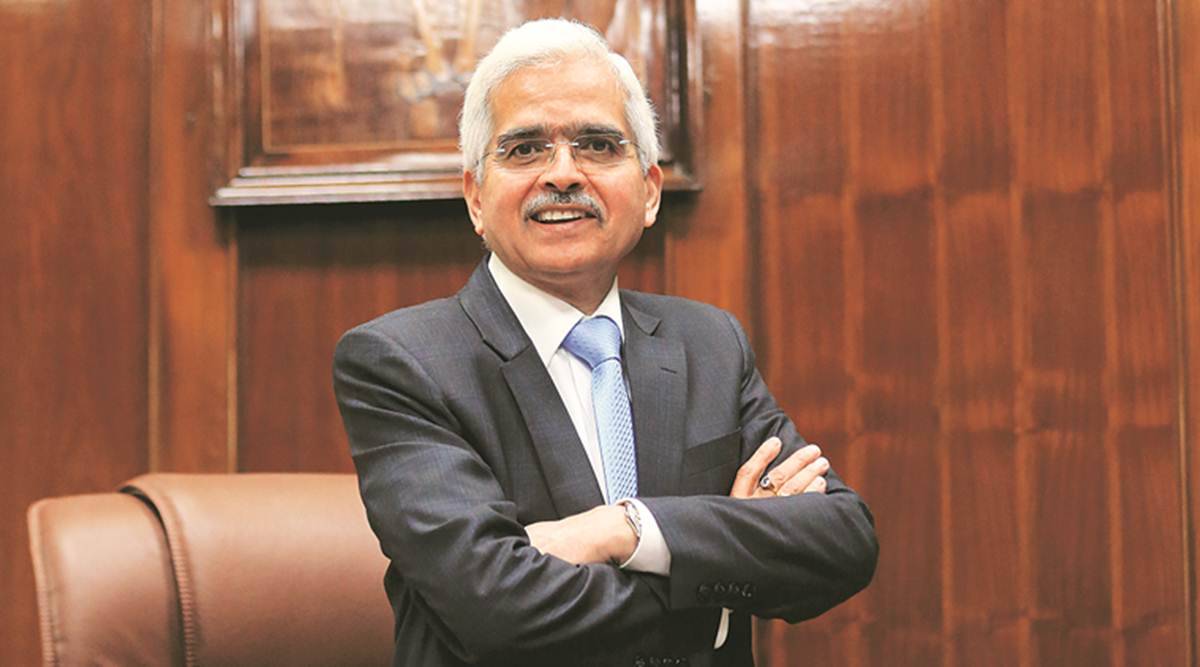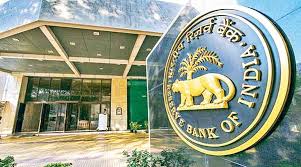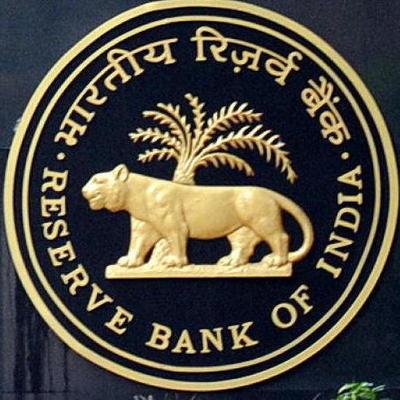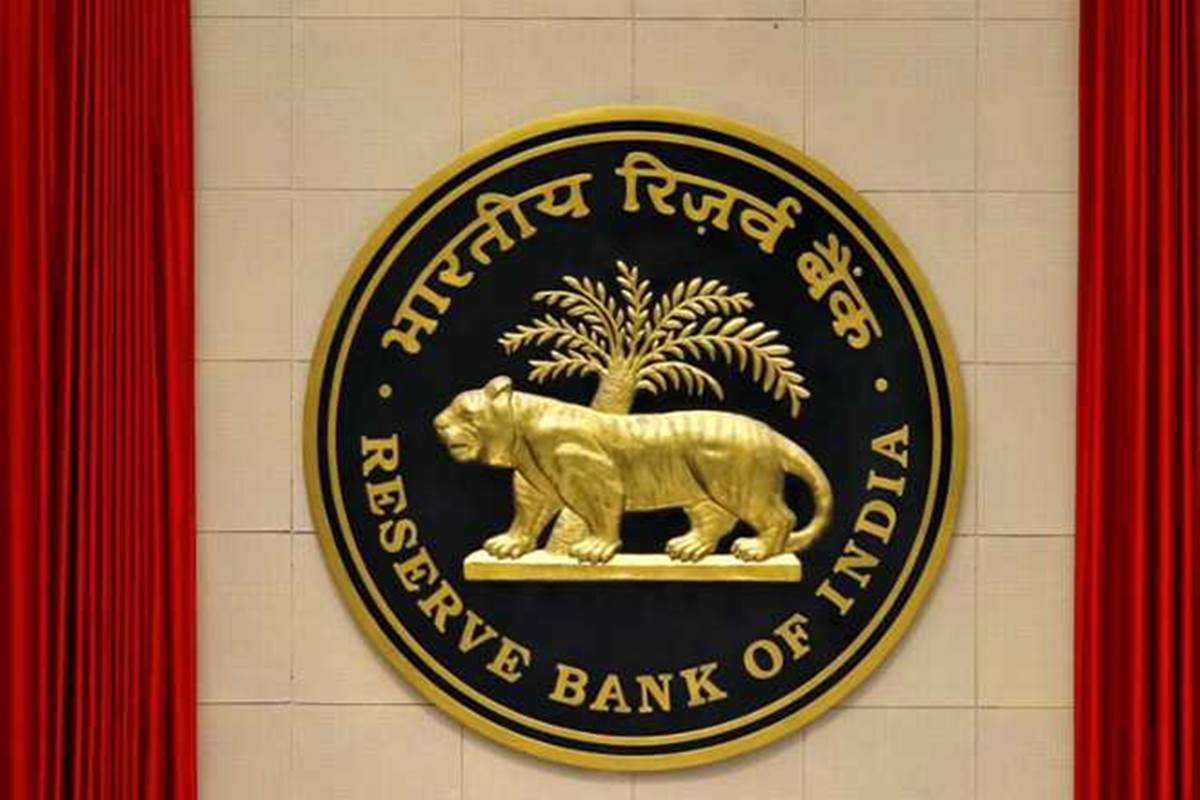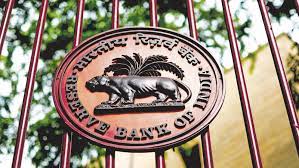Why the MPC decided to keep the repo rate unchanged at 6.5% while remaining prepared to undertake appropriate actions when needed?
Since the last policy, CPI headline inflation moderated to 4.9% in October from 7.4% in July. The moderation was observed in all components of CPI – food, fuel and core (CPI excluding food and fuel). There has been broad-based easing in core inflation which is indicative of successful disinflation through monetary policy actions.
The near-term outlook, however, is masked by risks to food inflation which might lead to an inflation uptick in November and December. This needs to be watched for second round effects, if any. Domestic economic activity is holding up well as assessed in the previous MPC meetings and as reflected in the Q2: 2023-24 GDP growth.
Against this backdrop, the MPC decided to keep the policy repo rate unchanged at 6.50% but remain highly alert and prepared to undertake appropriate policy actions, as warranted.
Will the policy continue to be disinflationary?
Monetary policy must continue to be actively disinflationary to ensure fuller transmission and anchoring of inflation expectations. The rate action so far is still working its way into the economy. Hence, the MPC decided to remain focused on withdrawal of accommodation to ensure that inflation progressively aligns to the target, while supporting growth.
Are global headwinds still visible and going to cast their shadows on growth and inflation?
The global economy continues to remain fragile. World trade is decelerating amidst global tide of protectionism.
Despite significant restoration of global supply chains, factors like elevated debt levels, lingering geopolitical hostilities and extreme weather conditions aggravate the risks to global growth and inflation outlook. Easing of inflation in advanced economies has led to expectations of an early end to the monetary tightening cycle, shoring up market sentiments. Sovereign bond yields are softening as markets are not factoring in any further rate hikes.
Why GDP growth rate forecast is raised to 7% from 6.5% earlier?
Economic activity exhibited buoyancy in Q2 aided by strong domestic demand. GDP posted a robust growth of 7.6% in Q2:2023-24, driven by investment and government consumption.
Turning to Q3, two-third of rabi sowing has been completed despite late harvest of kharif crops in some states. Manufacturing sector gained strength with easing input cost pressures and pickup in demand conditions.
Eight core industries recorded healthy growth in October and continued their high growth since June this year. The purchasing managers’ index (PMI) for manufacturing rose in November. The services sector buoyancy has remained intact as reflected in high-frequency indicators.
GST collections at Rs 1.68 lakh crore in November 2023 were buoyant. Services PMI displayed healthy expansion in November.
On the demand side, households’ consumption is supported by durable urban demand and gradual turnaround in rural demand as reflected in sales of fast-moving consumer goods (FMCG) and other indicators. Festival related demand is also spurring households’ discretionary consumption in Q3.
Investment activity continues to be aided by buoyancy in public sector capex. This is also reflected in the strong growth in steel consumption, cement production and imports of capital goods. Capacity utilisation (CU) in the manufacturing sector continues to remain above the long period average.
Investments in fixed assets by listed private manufacturing companies also registered healthy growth in H1:2023-24, primarily driven by key industries such as petroleum, steel, chemicals and cement.
The total flow of resources to the commercial sector from banks and other sources at Rs 17.6 lakh crore during the current financial year so far is significantly higher than that of last year (Rs 14.5 lakh crore).
Despite weakness in external demand, both goods and services exports returned to positive territory in October.
Looking ahead, private consumption should gain support from gradual improvement in rural demand, strengthening of manufacturing activity and continued buoyancy in services.
The healthy twin balance sheets of banks and corporates, high capacity utilisation, continuing business optimism and government’s thrust on infrastructure spending should propel private sector capex.
The drag from external demand is also expected to moderate with a turnaround in merchandise and services exports.
The protracted geopolitical turmoil, volatility in global financial markets and growing geo-economic fragmentations, however, pose risks to the outlook.
Taking all these factors into consideration, real GDP growth for 2023-24 is projected at 7%, with Q3 at 6.5% and Q4 at 6%.
Real GDP growth for Q1:2024- 25 is projected at 6.7%; Q2 at 6.5%; and Q3 at 6.4%. The risks are evenly balanced.
Inflation has moderated in October but is there need to be watchful still due to uncertain food prices?
Food inflation, which was in double-digits in July, has since then moderated to 6.2% in October with the correction in vegetable prices. Fuel inflation slipped into deflation since September primarily reflecting the sharp fall in LPG prices in end-August. The disinflation in core gathered momentum during September-October and reached levels last seen during Q4:2019-20 due to the combined effect of policy rate increases and reduction in cost-push pressures across core goods and services.
Going ahead, inflation outlook would be considerably influenced by uncertain food prices. High frequency food price indicators point to an increase in prices of key vegetables which may push CPI inflation higher in the near-term. The ongoing rabi sowing progress for key crops like wheat, spices and pulses needs to be closely monitored. Elevated global sugar prices is also a matter of concern.
On the positive side, global commodity prices, particularly, agricultural commodity prices, have softened except rice. For highly import dependent food items like edible oils, international prices continue to remain soft. Domestic milk prices are stabilising. Pro-active supply side interventions by the government are also containing domestic food price pressures. Crude oil has softened considerably, though it may remain volatile.
Taking into account these factors and on the assumption of normal monsoons, CPI inflation is projected at 5.4% for 2023-24, with Q3 at 5.6% and Q4 at 5.2%.
CPI inflation for Q1:2024-25 is projected at 5.2%; Q2 at 4%; and Q3 at 4.7%. The risks are evenly balanced.
What do these inflation and growth conditions mean for monetary policy?
We have made significant progress in bringing down inflation to below 5% in October 2023 despite occasional blips due to intermittent supply shocks. The summer of 2022 is behind us. Our policy of prioritising inflation over growth, hiking policy rate by 250 basis points in a calibrated manner and draining out excess liquidity have worked well, alongside supply-side measures taken by the government, to bring about this disinflation.
The fact that core inflation has also trended lower and household inflation expectations have become better anchored gives us the confidence and conviction that monetary policy is doing its job. On the other hand, growth remains resilient and robust, surprising everyone on the upside.
Notwithstanding this progress, the target of 4% CPI is yet to be reached and we have to stay the course. Headline inflation continues to be volatile due to multiple supply side shocks which have become more frequent and intense. The trajectory of food inflation needs to be closely monitored. Intermittent vegetable price shocks could once again push up headline inflation in November and December.
While monetary policy would look-through such one-off shocks, it has to stay alert to the risk of such shocks becoming generalised and derailing the ongoing disinflation process. In the midst of these uncertainties, monetary policy has to remain actively disinflationary to ensure a durable alignment of headline inflation to the target rate of 4% while supporting growth.
What are the liquidity and financial market conditions?
Like most other central banks, the Reserve Bank had injected additional liquidity into the system to counter the Covid-19 related onslaught on the economy. Consequently, the size of Reserve Bank’s balance sheet had expanded significantly. Persistence of such expanded balance sheet far too long could have created macroeconomic and financial instability.
It is worth noting that the Reserve Bank has successfully reduced its balance sheet size well in time. Illustratively, the size of the Reserve Bank’s balance sheet swelled to 28.6% of GDP in 2020-21. With modulation in liquidity in the post-Covid period, the balance sheet size moderated to 23.3% of GDP in 2022-23 and further to 21.6% in the current financial year (up to December 1). We consider this as a significant achievement.
System liquidity, as measured by the net position under the liquidity adjustment facility (LAF), turned into deficit mode for the first time in September 2023 after a gap of nearly four and a half years since May 2019. Deficit liquidity conditions persisted during October and November prompting large recourse to the marginal standing facility (MSF) by banks.
In parallel, utilisation of the standing deposit facility (SDF) has also been high.
The overall tightening of liquidity conditions is attributed mainly to higher currency leakage during the festive season, government cash balances and reserve.
According to the Reserve Bank’s survey of households, between September 2022 and November 2023 inflation expectations for three months ahead and one year ahead softened by 170 and 90 basis points, respectively.
Different segments of the financial market have witnessed monetary transmission of varying extent. Long-term G-sec yields have softened, reflecting strong demand for these bonds from financial institutions and softening of global bond yields. In the credit market, monetary policy transmission is still working its way through the system.
With regard to the standing facilities of the Reserve Bank under the LAF, we have noticed simultaneous high utilisation of both MSF and SDF by the banks. This was pointed out in the last monetary policy statement. We propose to address this situation and have decided to allow reversal of liquidity facilities under both SDF and MSF even during weekends and holidays with effect from 30 December 2023. It is expected that this measure will facilitate better fund management by the banks. This measure will be reviewed after six months or earlier, if needed.
The Indian rupee has exhibited low volatility compared to its EME peers in the calendar year 2023, despite elevated US treasury yields and a stronger US dollar.
Recently, the Reserve Bank and the Bank of England have signed a memorandum of understanding on cooperation and exchange of information relating to the Clearing Corporation of India Ltd (CCIL), a Central Counterparty (CCP), regulated and supervised by the Reserve Bank.
The MOU will enable the Bank of England to assess CCIL for recognition as a third-country CCP for UK-based banks to clear their transactions through CCIL.
How is the global economy shaped now?
As 2023 comes to an end and a new year begins, the long-awaited normality still eludes the global economy.
The years 2020 to 2023 will perhaps go down in history as the period of ‘Great Volatility’, comprising a host of black swan events in quick succession.
The global economy is showing signs of slowdown, though unevenly across geographies and sectors. The Emerging Market Economies (EMEs) as a group have remained resilient during the current bout of volatility, unlike previous episodes.
While headline inflation has receded from the highs of last year, it remains above target in many countries. Core inflation continues to be sticky, impeding the last mile of disinflation.
Major central banks have kept rates on hold while refraining from forward guidance in view of the prevailing uncertainties. Financial markets remain volatile in their quest for definitive signals about the future path of interest rates.
Is India better placed to withstand the global uncertainties?
In a global economy clouded by uncertainties, monetary policy actions and communication can be a stabilising force by anchoring the expectations of economic agents. Clarity and consistency in action and communication is a time-tested principle for effective monetary policy.
Policy makers have to be mindful of the risk of being carried away by a few months of good data or by the fact that CPI inflation has come within the target range. They have to be also mindful of the risk of overtightening, especially when large structural changes, geopolitical and geoeconomic shifts are taking place. On top of this, they have to be watchful of the risks from new shocks that could hit the economy from anywhere anytime.
We have now reached a stage when every action has to be thought through even more carefully to ensure overall macroeconomic and financial stability; more so, because the conditions ahead could be fickle. We have to remain vigilant and ready to act, as per the evolving outlook.
India is better placed to withstand the uncertainties compared to many other countries. As the Indian economy treads the path to a brighter future, I recall the wise words of Mahatma Gandhi: "Progress is absolutely assured whenever there is …… an unalterable determination".



